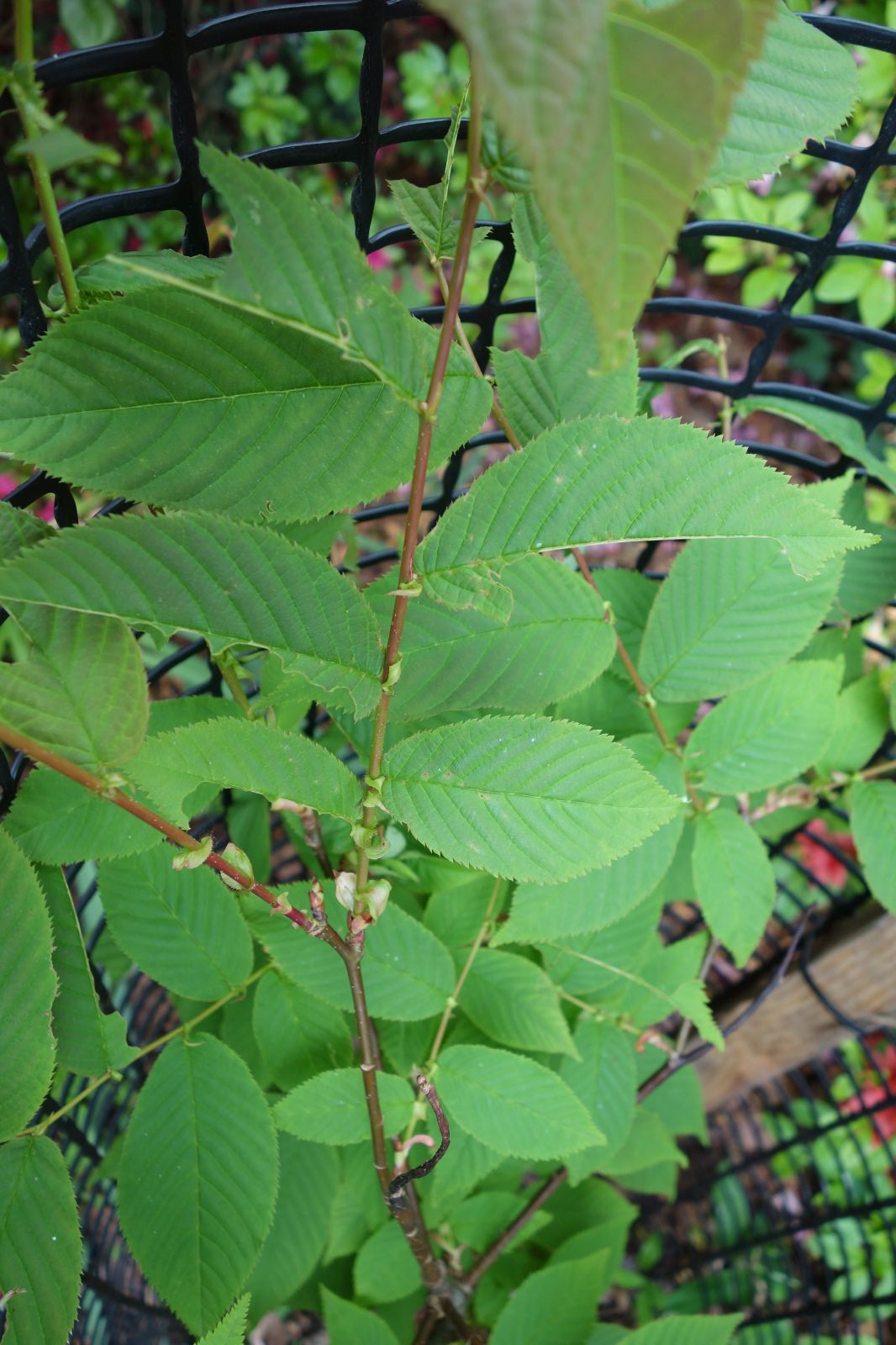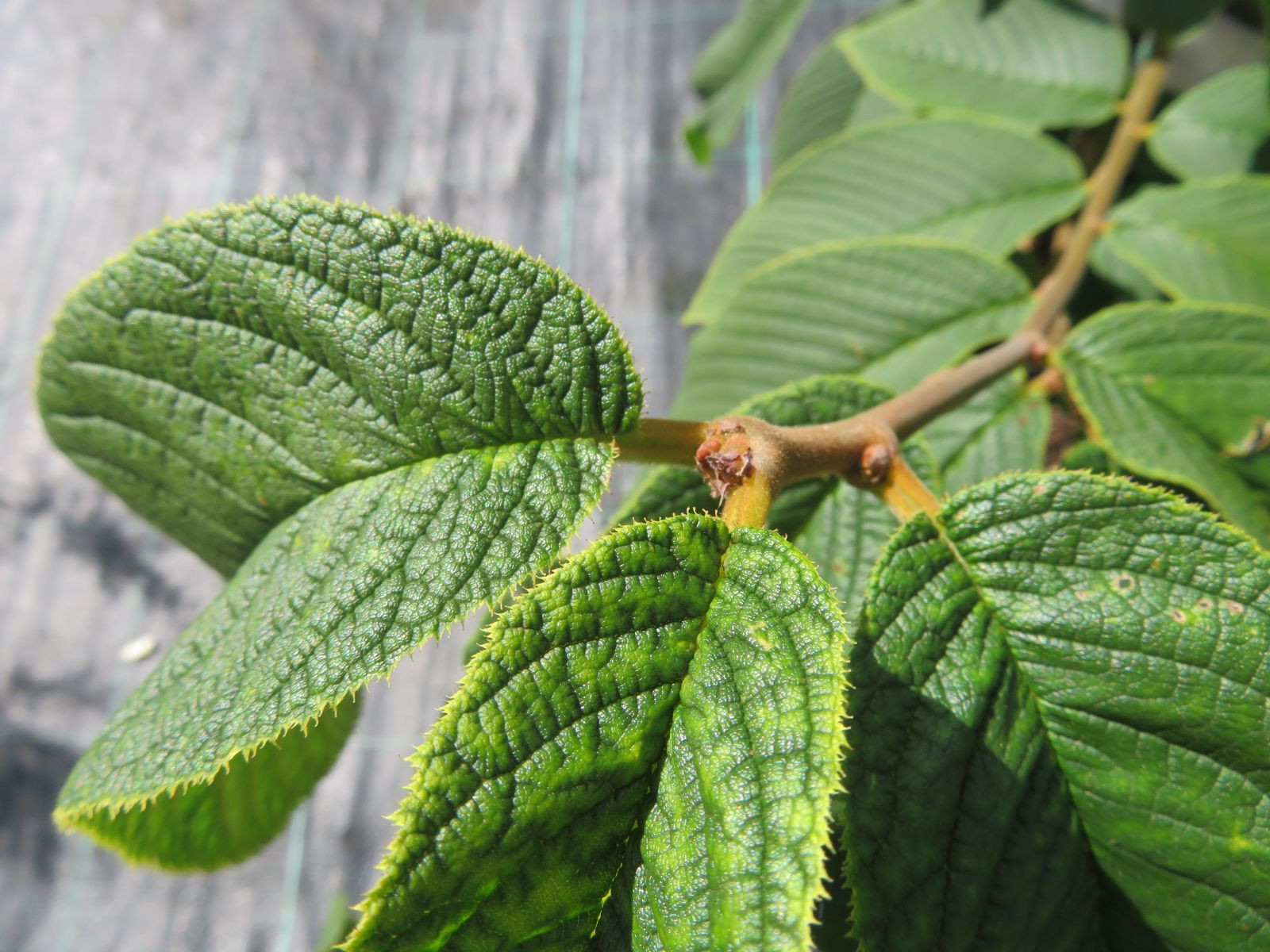Maddenia
Credits
Article from Bean's Trees and Shrubs Hardy in the British Isles
Article from New Trees by John Grimshaw & Ross Bayton
Recommended citation
'Maddenia' from the website Trees and Shrubs Online (treesandshrubsonline.
Family
- Rosaceae
Common Names
- Maddencherries
Maddenia comprises about seven species of deciduous trees or shrubs, all of which are restricted to the Himalaya and China. The leaves are alternate, simple and with gland-tipped marginal teeth. Stipules are large and persistent. The inflorescences are racemose with numerous small flowers. The flowers have a bell-shaped hypanthium and may be hermaphrodite or pistillate only. They have 10–12 perianth segments (the petals and sepals are largely identical), and 20–40 stamens in two whorls. The fruit is a drupe with thin flesh and one or two bony seeds (Gu et al. 2003).
The omission of Maddenia hypoleuca from Bean (1981a) was a rare oversight, rectified by Clarke (1988). The criticism levelled at M. hypoleuca by Clarke, who said it is of ‘little garden value’, is even more applicable to M. wilsonii, as the former is redeemed at least somewhat by the bright white undersides of the leaves. Both, however, are tolerant hardy plants with a certain curiosity interest for their apparent lack of petals.
Bean’s Trees and Shrubs
Maddenia
A genus of three or four species of deciduous trees and shrubs ranging from the central Himalaya to China, closely allied to Prunus subgenus Padus (the bird cherries). Leaves alternate, serrate, on short petioles, with large stipules. Flowers very small, in dense racemes on leafy peduncles. Calyx of ten segments, inserted on the rim of the calyx-tube (hypanthium). Petals absent, though some calyx-lobes may have petaloid tips. Carpels one or two, usually only one developing into a ripe fruit, which is a small black drupe with a single stone.
The generic name commemorates Lt-Col. Edward Madden (d. 1856), for whose plant introductions see Journ. R.H.S., Vol. 97, pp. 203–6 (1972).


